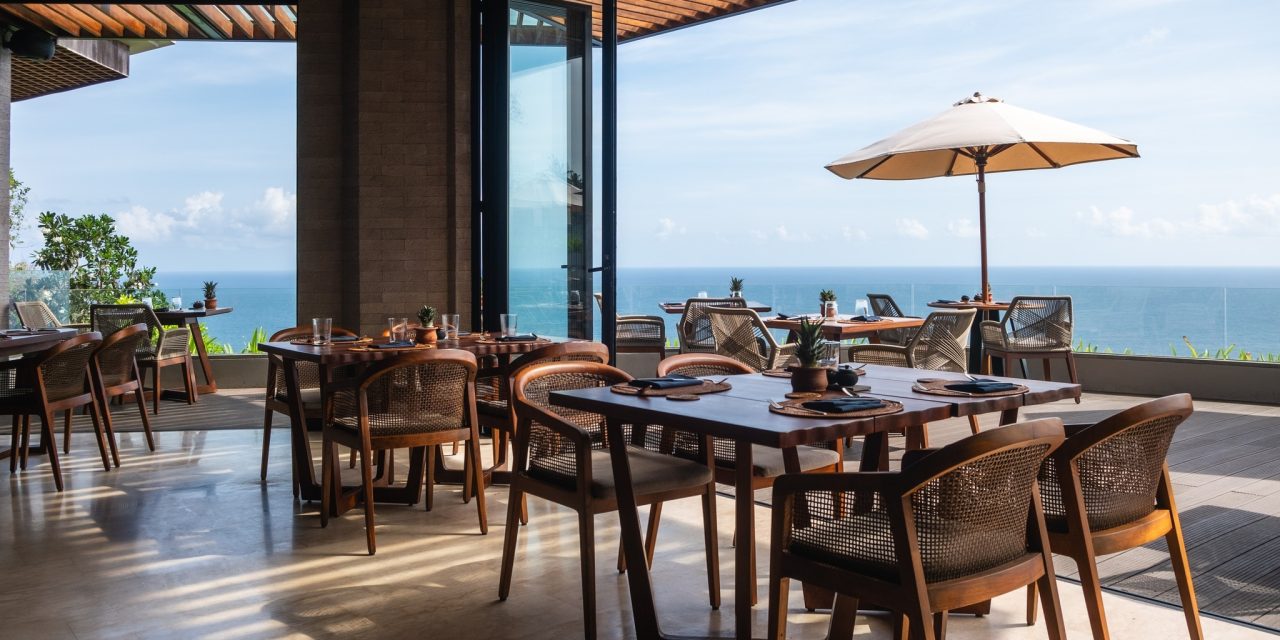Ah, Bali! The island of gods, where every sunrise brings the promise of new adventures and every meal is an invitation to explore the vibrant culinary landscape. If you’re a food lover like me, Bali’s local cuisine is an experience you simply cannot miss. It’s not just about the food; it’s about the stories, the flavors, and the culture that infuse every bite. Let’s dive into the tantalizing world of Balinese cuisine, filled with unique flavors and personal anecdotes that will inspire your taste buds.
The Heart of Balinese Cuisine
Balinese cuisine is a reflection of the island’s rich culture and traditions. You’ll find that food here is often prepared with an abundance of spices, fresh herbs, and local ingredients. Think fiery sambals, aromatic rice dishes, and savory meats, all coming together to create a flavor explosion that dances on your palate.
During my first trip to Bali, I remember the moment I stepped into a local warung (a small, family-run eatery) in Ubud. The air was thick with the scent of turmeric and lemongrass, and I knew I was in for a treat. I ordered a plate of Nasi Campur, which translates to mixed rice. This dish was a delightful assortment of rice served with a variety of side dishes, including fried chicken, boiled eggs, and an assortment of vegetables. Each bite told a story of tradition and love for the land.
Must-Try Dishes
Sate Lilit
One dish that completely blew me away was Sate Lilit. Unlike traditional satay skewers, Sate Lilit is made from minced meat, usually fish or chicken, mixed with grated coconut and spices, then wrapped around lemongrass sticks and grilled to perfection. The first time I had it, I was at a night market in Seminyak, surrounded by locals and fellow travelers, sharing one of the most delicious street foods I’ve ever experienced. As the smoky flavors filled my mouth, I realized how food can be a shared experience, connecting people from all walks of life.
Babi Guling
If you’re a meat lover, you can’t leave Bali without trying Babi Guling, or spit-roasted pig. It’s a Balinese delicacy often served at ceremonies and special occasions. The first time I tasted it was at a celebration in a local village, where the whole pig was roasted to a crispy, golden brown. The crackling skin paired with the tender meat and rich spices created a flavor harmony that felt like a culinary hug.
Bebek Betutu
For those who prefer poultry, Bebek Betutu is another must-try. This dish features duck that is marinated in a rich blend of spices, wrapped in banana leaves, and slow-cooked until tender. I recall sitting at a cozy restaurant in Canggu, eagerly waiting for my Bebek Betutu to arrive. When it finally did, the aroma was intoxicating, and with each forkful, I embraced the complexity of flavors that spoke of Balinese traditions.
Sweet Temptations
Bali isn’t just about savory dishes; it also has a sweet side that will appeal to your inner sweet tooth. Dadar Gulung, a green pancake filled with sweet grated coconut and palm sugar, was a delightful discovery. I stumbled upon this dessert at a local bakery while exploring the markets in Gianyar. The moment I took a bite, the warm sweetness of the coconut mingled perfectly with the tender pancake, making it a scrumptious ending to my culinary journey.
Practical Advice for Food Lovers
1. Try Street Food: Some of the best dishes are found at local warungs and street vendors. They’re not just affordable; they often serve the most authentic and flavorful meals. Don’t be afraid to try different stalls; ask locals for their recommendations.
2. Embrace Spice: Balinese food can be spicy! If you’re not used to heat, start mild and work your way up. Many restaurants are happy to adjust the spice level to suit your palate.
3. Take a Cooking Class: Dive deeper into the cuisine by taking a cooking class. I attended a class in Ubud where I learned how to make Ayam Betutu, and it felt incredible to not only enjoy Balinese food but also replicate it at home.
4. Ask About Ingredients: The locals love to share their culinary secrets! Don’t hesitate to ask about the ingredients in your meals. You might learn about a unique spice or preparation method that you can incorporate into your own cooking.
5. Drink the Local Coffee: End your meal with a cup of Kopi Luwak, also known as civet coffee. It’s rich and aromatic, and there’s an intriguing process behind it that makes for interesting conversation.
Conclusion
Bali’s local cuisine is a treasure trove for food lovers, filled with vibrant flavors, rich traditions, and unforgettable experiences. From the bustling street markets to the cozy warungs, each meal is an opportunity to connect with the island’s culture and history. So, pack your bags, bring your appetite, and get ready to indulge in a culinary adventure that will leave you craving more. Trust me, your taste buds will thank you!






